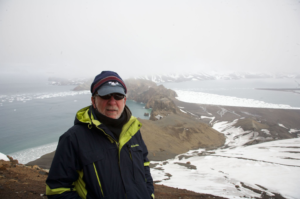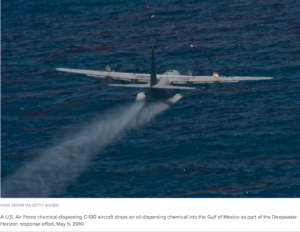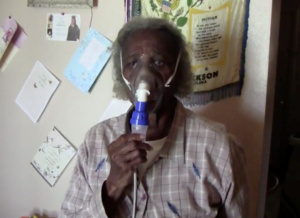By Rao M Sajjad Sharif, Erum Shahzadi and Fahad Munir

Human life is dependent on the dynamics of the Earth’s climate system. The interactions of the atmosphere, oceans, terrestrial and marine ecospheres, cryosphere and land surface determine the Earth’s surface climate. The historical meteorological records over the last few decades show a changing global climate due to natural as well as anthropogenic activities.
Climate change is a change in the statistical distribution of weather patterns that lasts for an extended period of time (i.e., decades to millions of years). It is a global, regional, and national problem connected to exponential population growth, industrialization, globalization and urbanization. It greatly influences natural ecosystems, natural cycles, aquatic systems, terrestrial systems, distribution of species, and human health.
Earth’s temperature has increased to 0.74 C, according to the European Environment Agency (EEA). Pakistan is one among the most vulnerable countries to climatic changes as an autonomous country that occupies a strategic location in south Asia, with a variety of landscapes. By geographical region, Pakistan is most vulnerable to climate change due to global warming in a region where the temperature increases are expected to be higher than the global average temperature.
This region mostly consists of semi-arid and arid landscape. Pakistan is an agriculture country and its agricultural land is more sensitive to climate change. Due to its arid and semi-arid climate, water is the single most constraining factor to Pakistani agriculture. Hence the country faces larger risks of variability in monsoon rains, including large floods and severe droughts. Under these conditions the food water flood energy securities of the country are under serious threat.
From 1997-2016, Pakistan suffered from 141 extreme weather events, losing an average of 523.1 lives per year. The mammoth floods of 2010 and 2011 wiped out the entire agriculture apparatus of Pakistan. The floods have reportedly destroyed 71% of the standing rice crop, 59% of the vegetable crop and 45% of the maize crop across the country. Farmers claimed a 50% decrease in crop yields. In 2010’s heat waves, the hottest temperature recorded in Asia was 53.5oC (128.3F) in Mohenjo-Daro, a city of Sindh in Pakistan. It was the fourth highest temperature ever recorded in the world.
Pakistan is ranked in 7th among countries threatened by the vagaries of climate change and global warming. In short, Pakistan is at a serious risk to a changing climate, one of many lower developed countries threatening by rising carbon emissions from more developed countries around the world.
The authors are involved in scientific studies in Pakistan.




